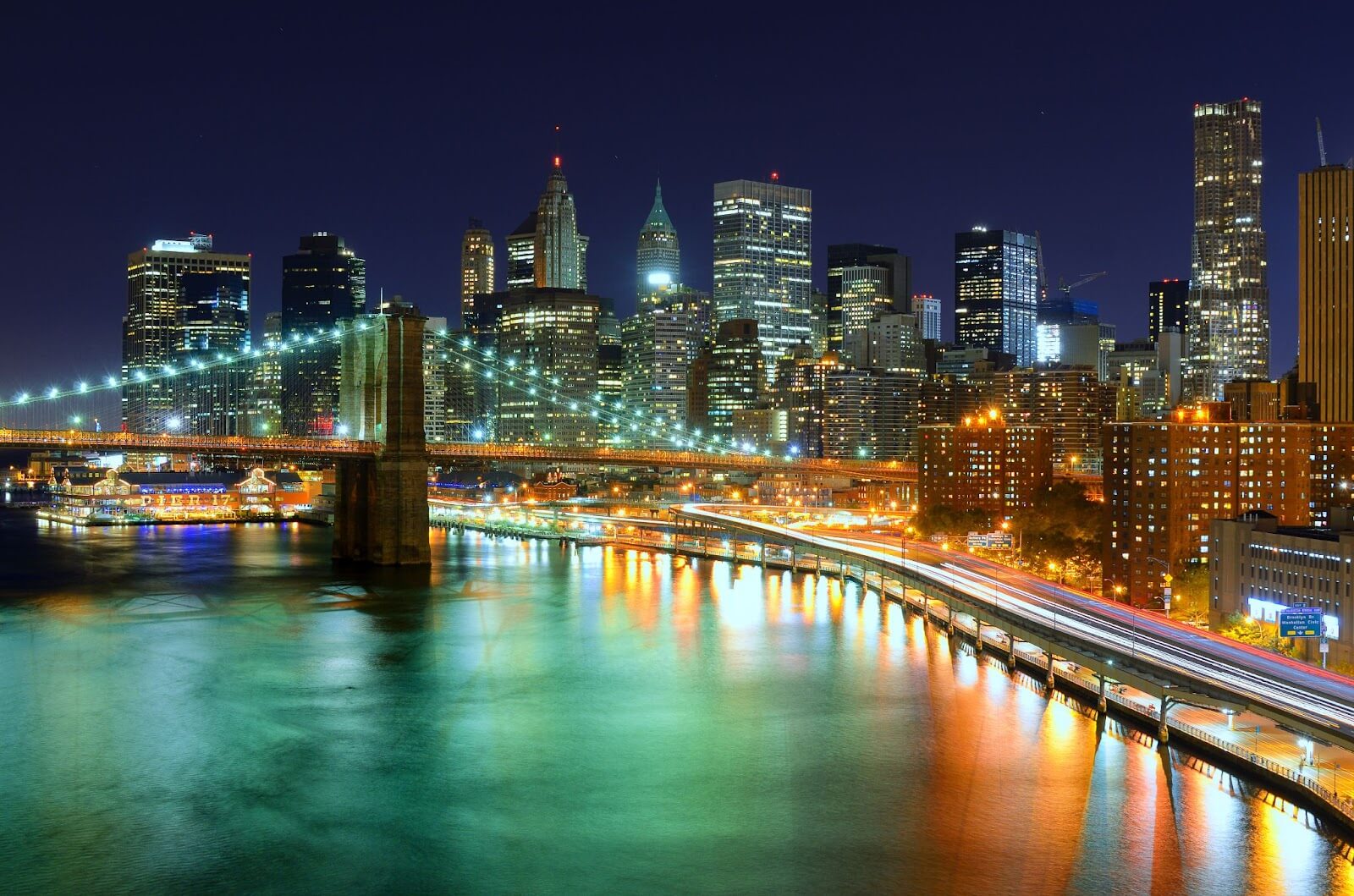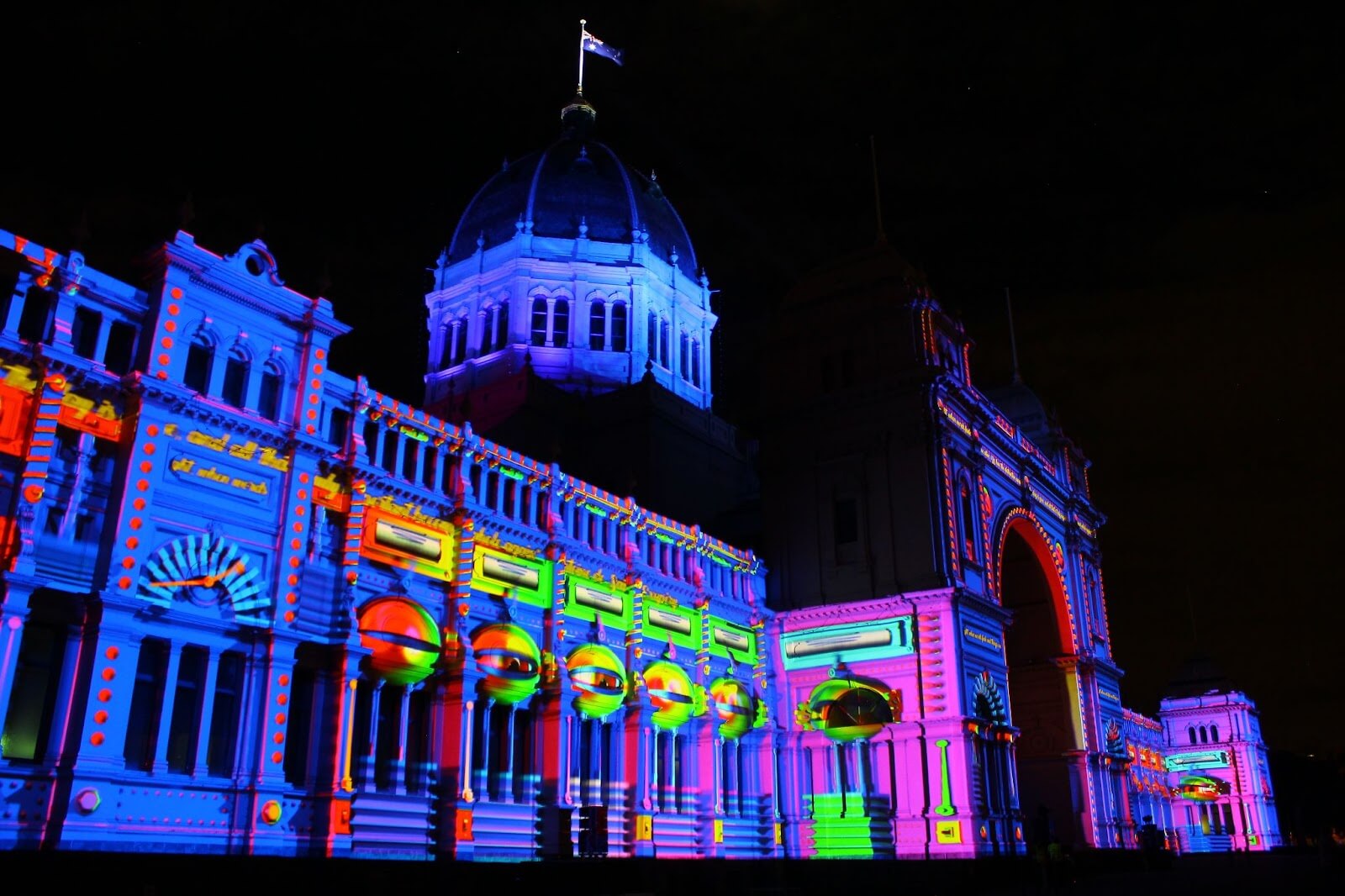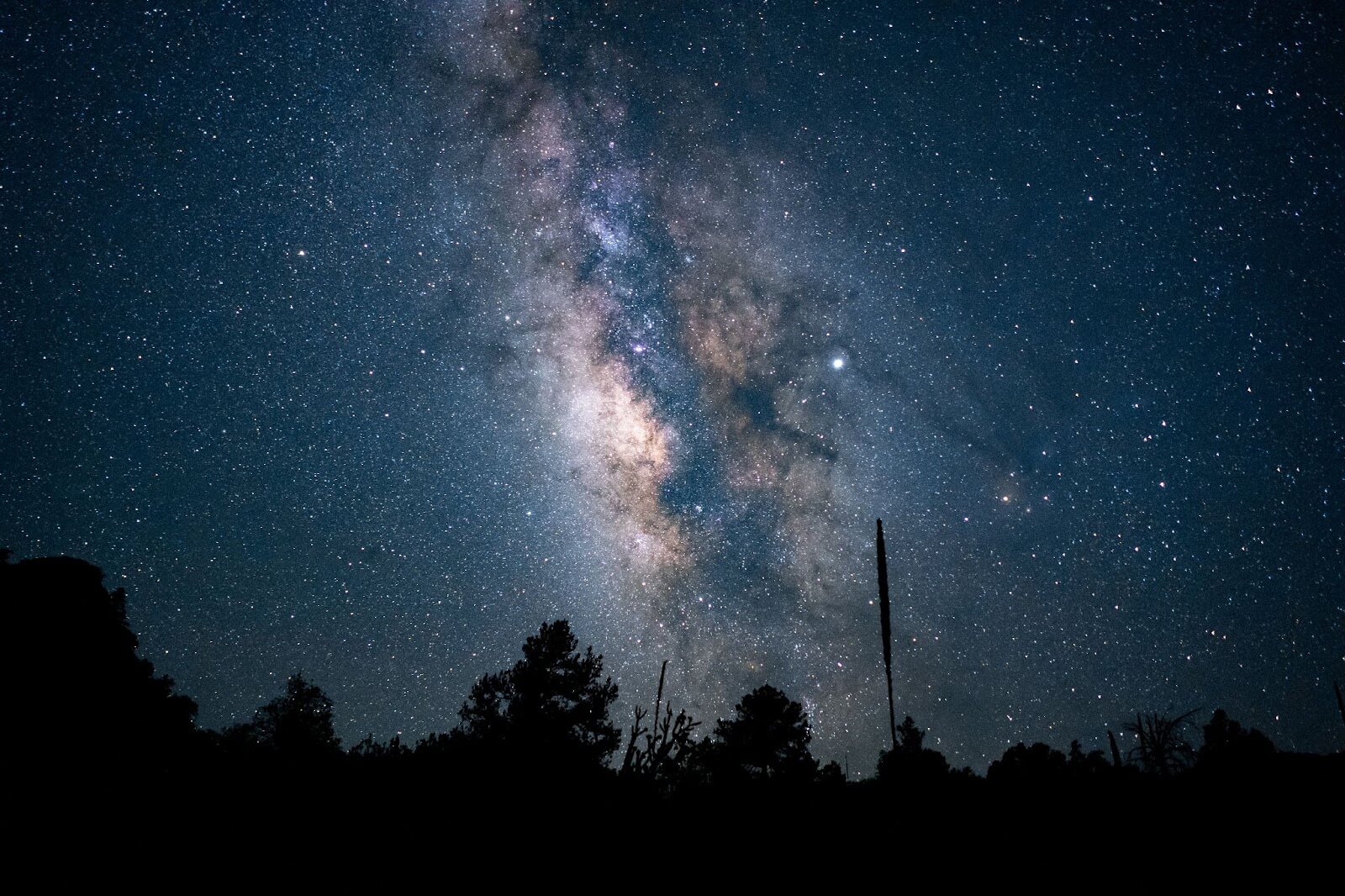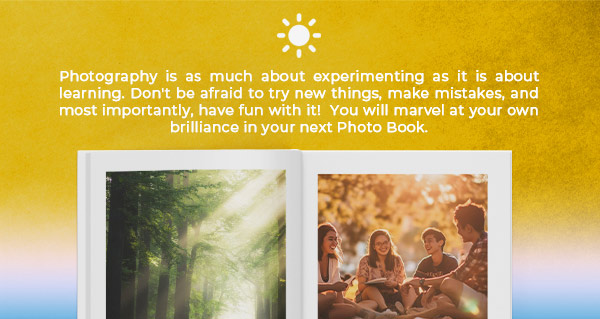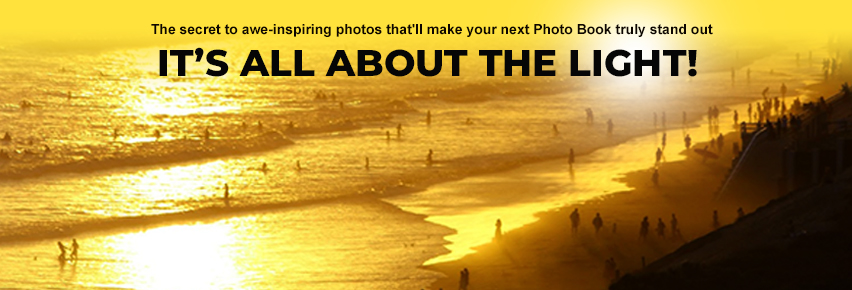Photography Tips - Capturing Light in your Photos
OCTOBER 20TH, 2023
Want to know the secret to awe-inspiring photos that'll make your next Photo Book truly stand out? It's all about the LIGHT! The play of light and shadow, its warmth or coldness, can make all the difference in turning a good photo into a breathtaking one. Dive into our tips below and give your photo books that extra touch of magic and emotion.
1. The Golden Hour - A Photographer’s Dream Time: Ever wondered why the world looks so magical right after sunrise and just before sunset? This time, often called the 'Golden Hour', casts a soft, warm light that will make your photos pop. So set your alarm and get out there early or take out your camera as the sun sets to make the most of this enchanting light.
2. The Blue Hour - A Tranquil Treasure: Just before the Golden Hour at sunrise and right after sunset, there's a short window where the sky takes on this deep blue hue, often referred to as the 'Blue Hour'. It offers a serene, moody backdrop that's perfect for cityscapes, silhouettes, and landscapes. The light is subtle, yet vibrant, making everything appear calm and surreal. A tripod can be handy for shooting at this time because of low light conditions.
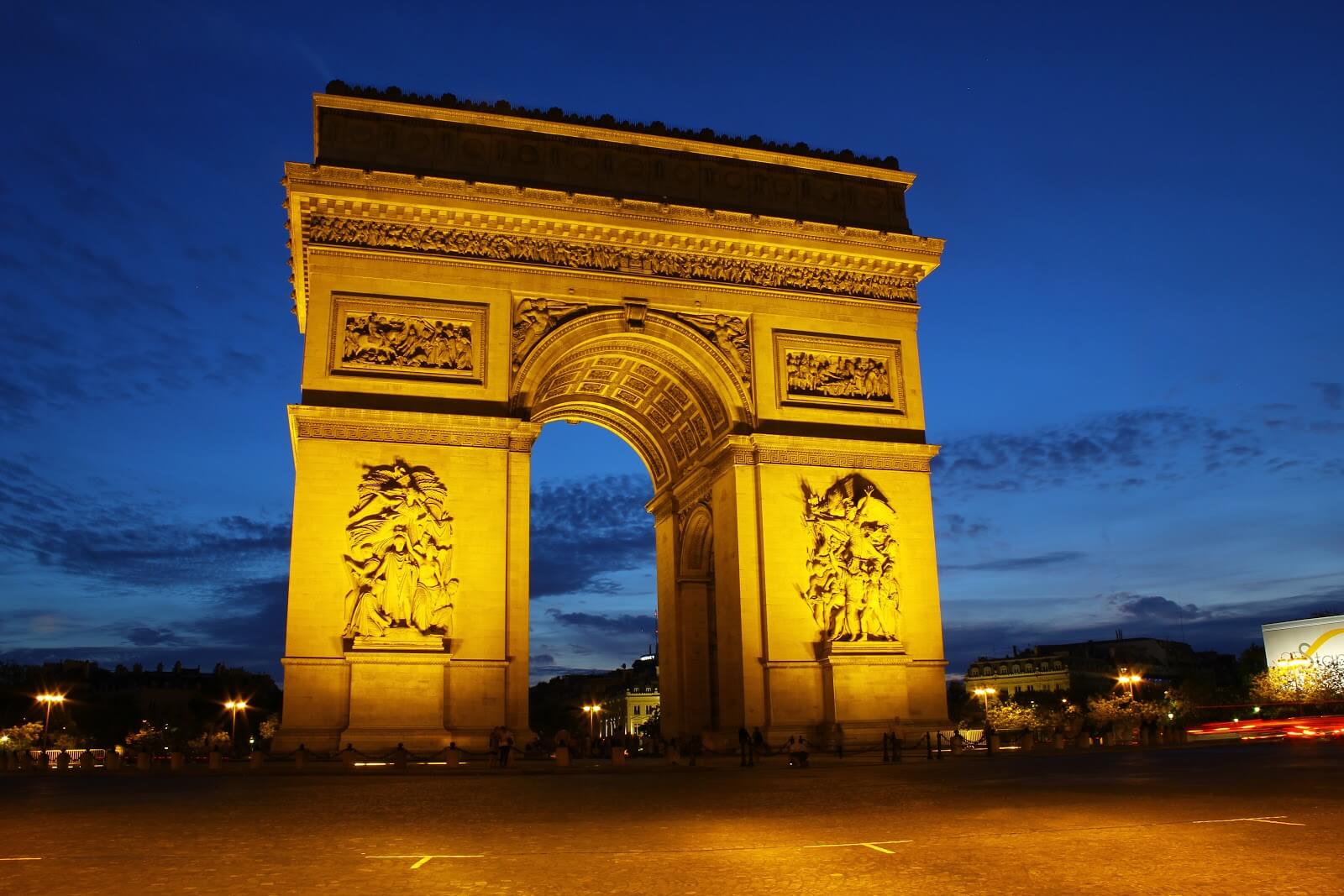
3. Embracing Both Sun and Clouds: Overcast days can be perfect for photography. Clouds act as nature's diffuser, spreading light evenly and softening shadows, making it a fantastic setting for capturing detailed shots without harsh contrasts. On the flip side, bright, sunlit days have their perks too! Direct sunlight can offer dynamic contrasts and stunning vibrancy. Remember to adjust the direction you’re shooting in to avoid squinting subjects and capture the best light. Be cautious around midday when the sun is at its harshest.

Overcast conditions
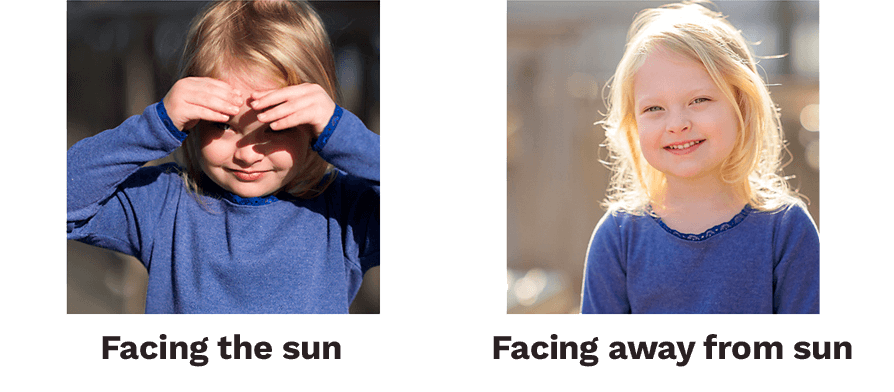
4. Play With Indoor Lighting: Don't be shy about moving lamps or using window light. Try placing your subject next to a window for some lovely side-lighting, or use multiple light sources to experiment with shadows and depth. A simple desk lamp can be your secret weapon!

5. The Flash Isn't Always the Foe: The flash can be handy in low light, or, if you're shooting in the midday sun use your flash to fill in the shadows on your subject's face. However using the flash when there is sufficient light can create a bad result like in the example below. You can remove the guess-work by changing your camera setting to “auto flash” so that the camera decides when it is appropriate to use the flash.

6. Night Owls, Rejoice: Night photography can be mesmerising. City lights, stars, or even the moon can be your light source. Use a tripod to keep your camera steady, and try long exposures to capture light trails or the beauty of the night sky.
